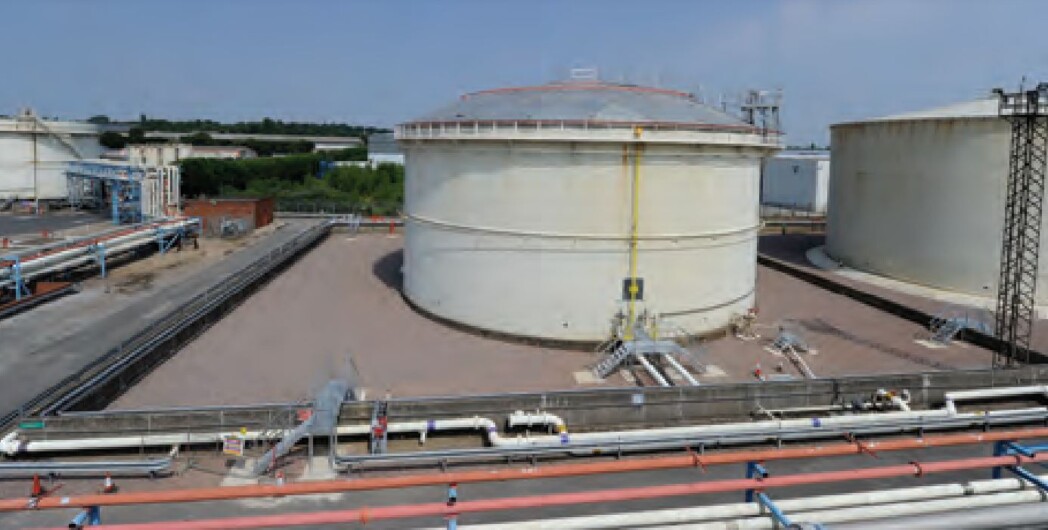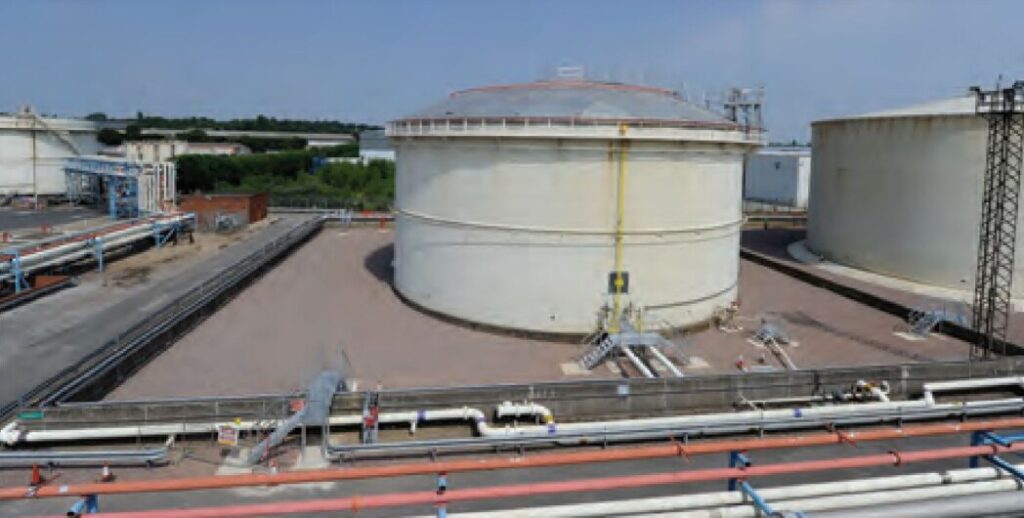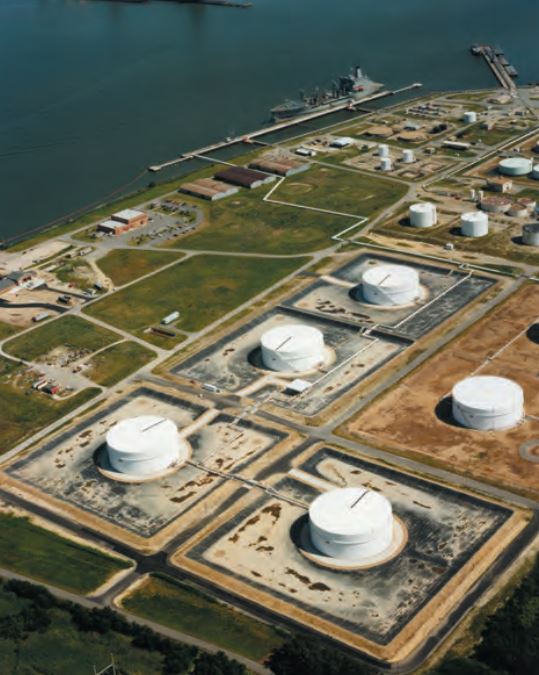
Yes CIRIA….That’s A Great Solution!
31/10/2022 - posted in Civils, HBPW News, Industrial, Innovation, InspectionsAn Environment Agency (EA) mandate to retrofit anti contamination measures at a long-standing tank farm, gave HBPW the opportunity to develop a highly creative solution which won the approval of inspectors.
“The tank farm is operated by a food production company in Lincolnshire,” Senior Partner, Paul Withers, explained, “and, by definition, functions as an effluent treatment plant.
“Whilst tank farms on the whole tend not to contain nasty chemicals, they do invariably hold fluids that may have been contaminated by ingredients from, in this instance, food production processes.
“If these feature deoxygenated water, for example, then the concern would be that in the event of a catastrophic failure, such fluids might enter the water course, asphyxiating fish.”
Because of its age, the East Anglia facility did not have the benefit of a perimeter fluid retaining bund, designed to contain the outflow of contaminated material in the event of a tank failure.
“Our sister company, HB Projects, asked us to prepare a design and construct proposal to retrofit such a containment system at the tank farm /effluent treatment plant in question, with a request that it accord with the principles of containment set out in CIRIA 736 Containment Systems for the Prevention of Pollution.
“However, it became apparent that it was not practicable to construct in situ reinforced concrete walls around the perimeter of the site or, indeed, to thoroughly waterproof the existing concrete hard standings.”
In the end HBPW derived an innovative system of secondary and tertiary retention of the contaminated water, addressing the bigger principles of retention as set out in CIRIA 736.
“Our solution included dwarf concrete walls and mini piles supported steel sheet clad baffle walls, which would deflect the bow wave of contaminated water in the event of a catastrophic failure of tank(s),” said Paul Withers.
The system, currently under construction, will eventually divert contaminated water to a below-ground, lined, dry basin, designed to hold the volume of contaminated water anticipated from multiple tank failures.
“The system derived was presented to and accepted by the Environment Agency, following their advice that the method should not necessarily adhere to hard and fast rules, but be designed to achieve the required liquid retention performance.
“I am delighted to report that our work was deemed highly creative, innovative and a practical solution to the problem before us, with EA inspectors commenting that they had never seen a solution like it before.”


